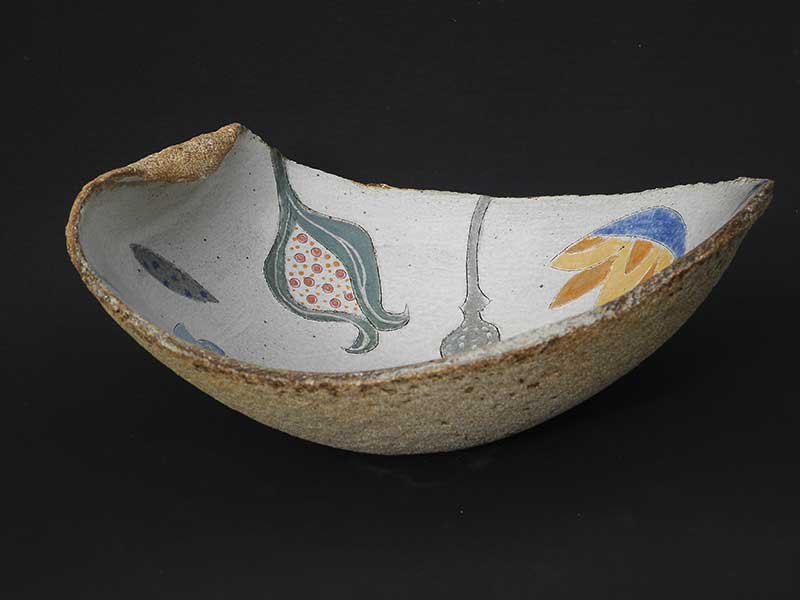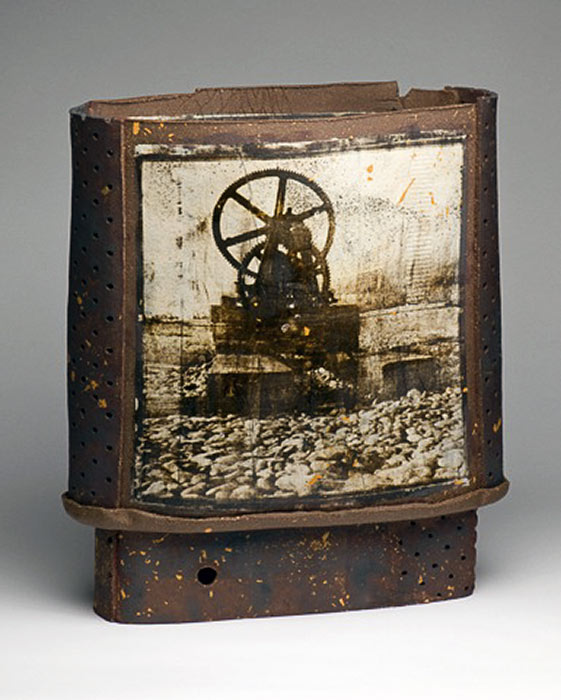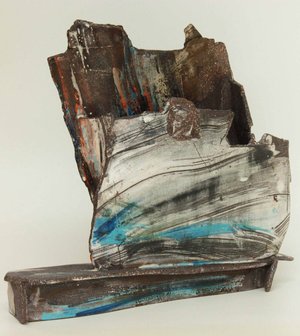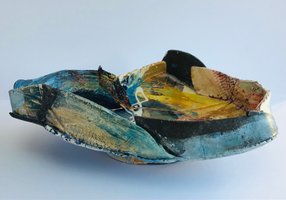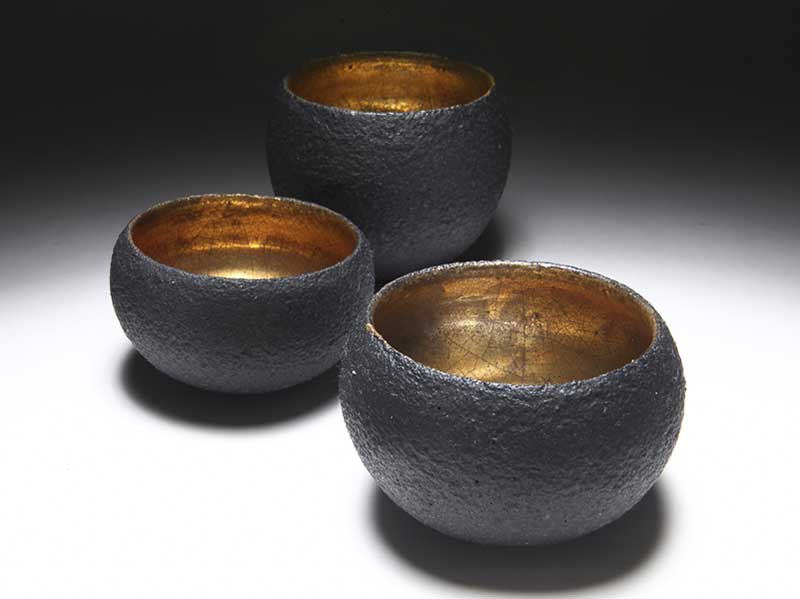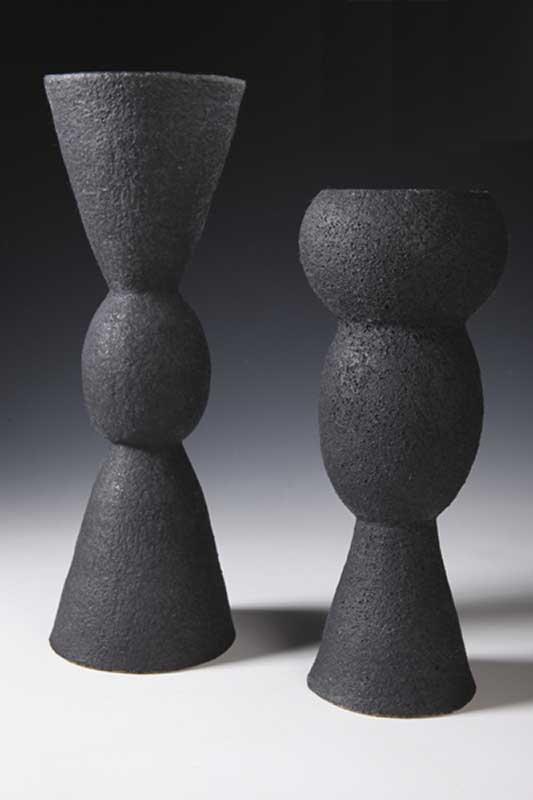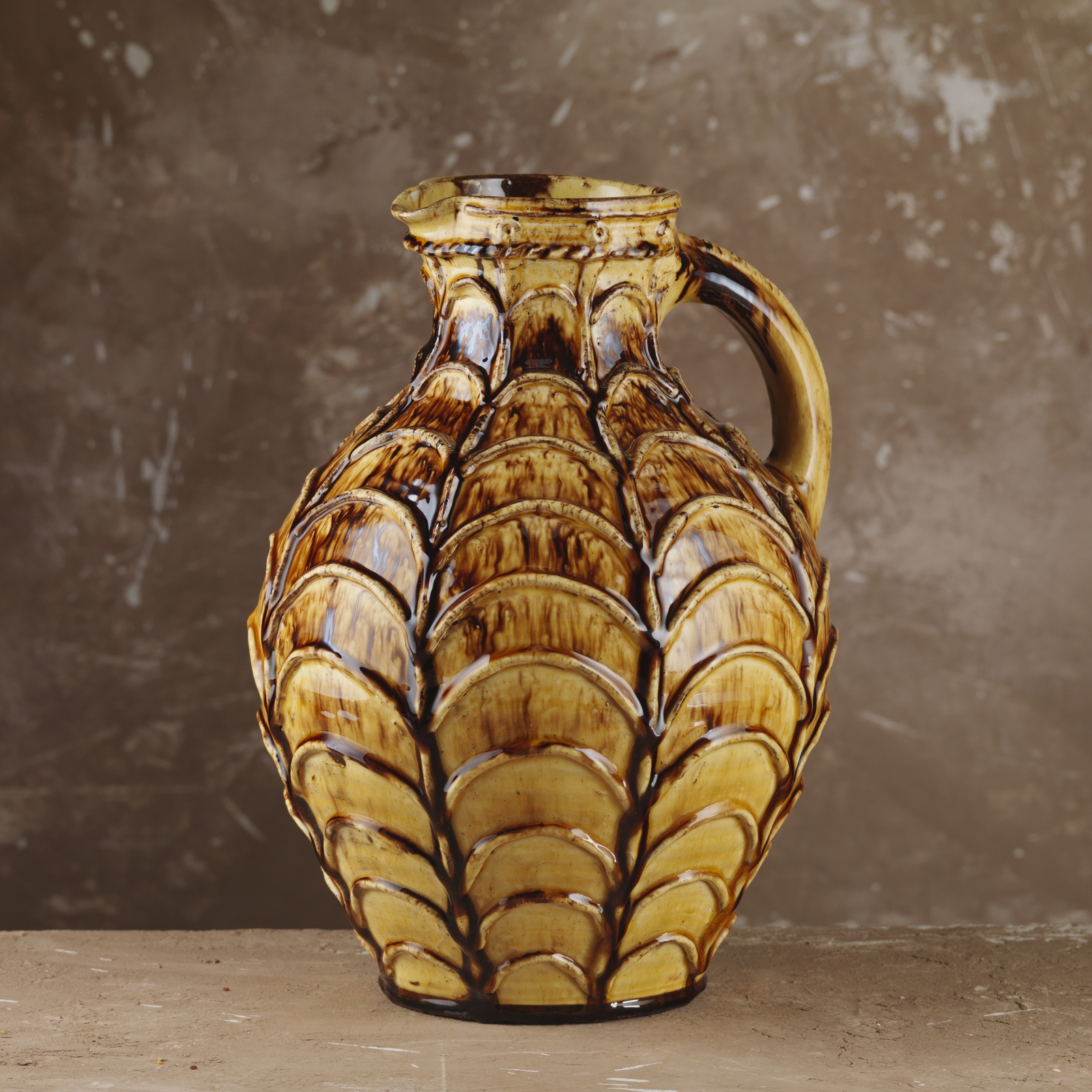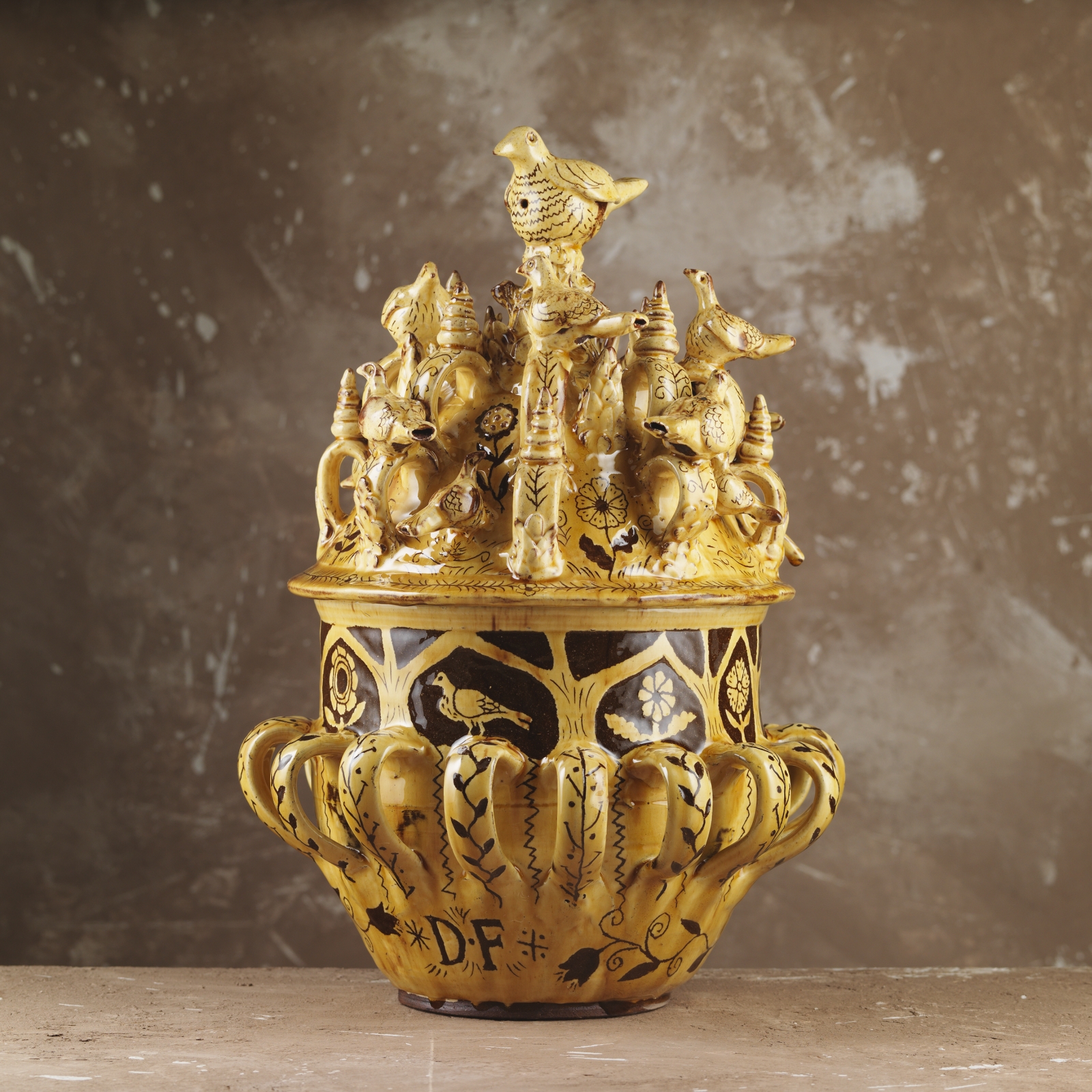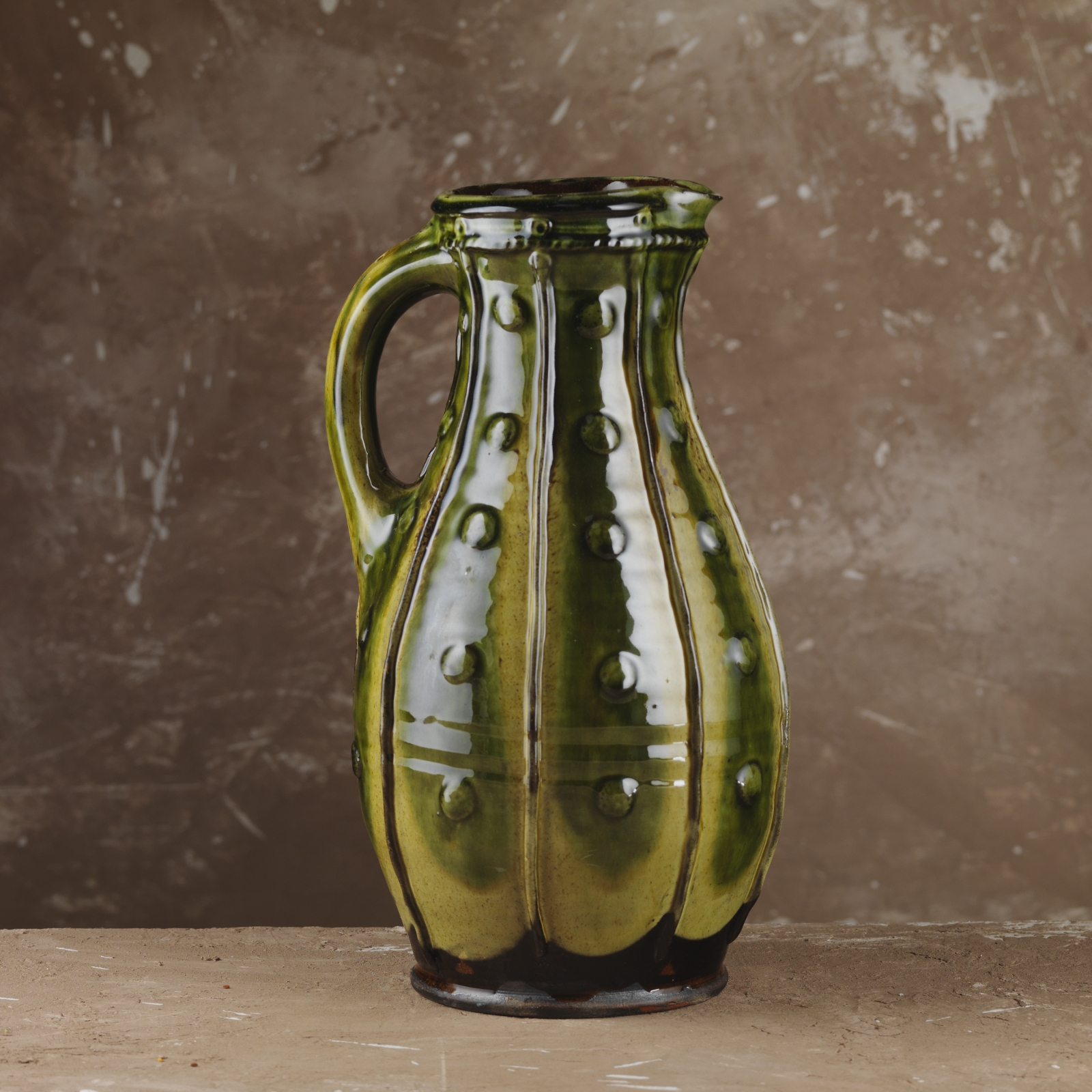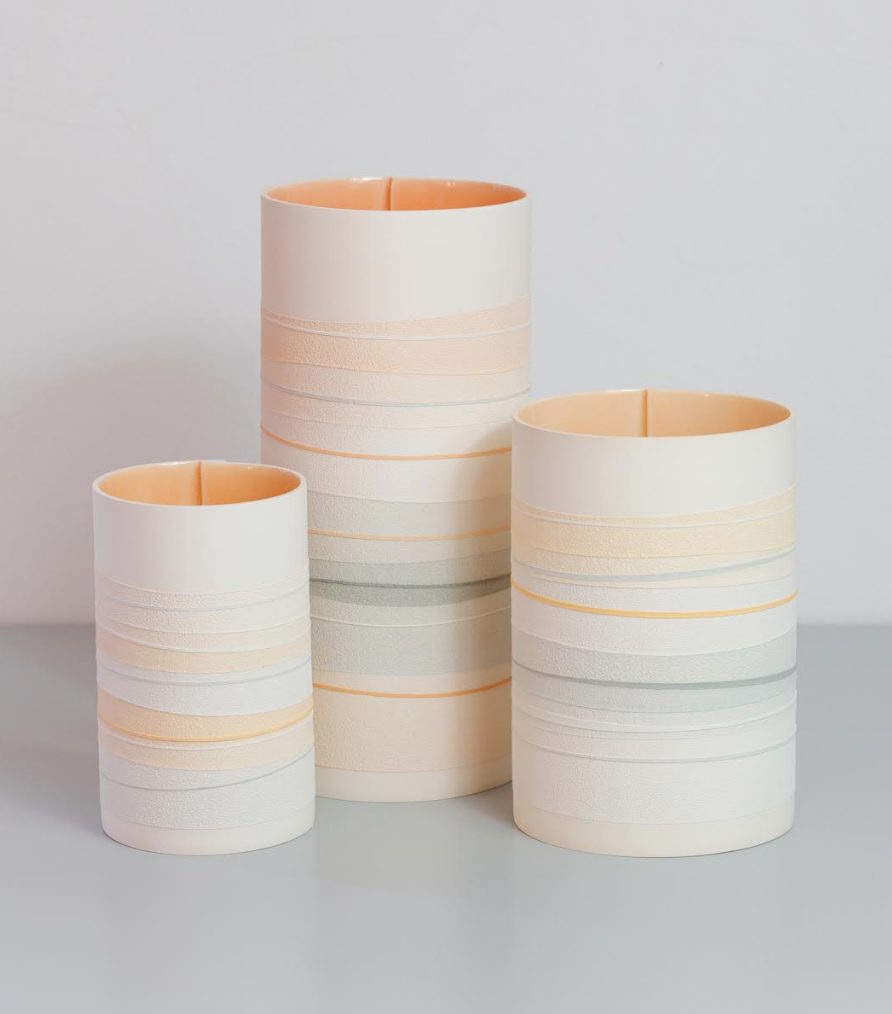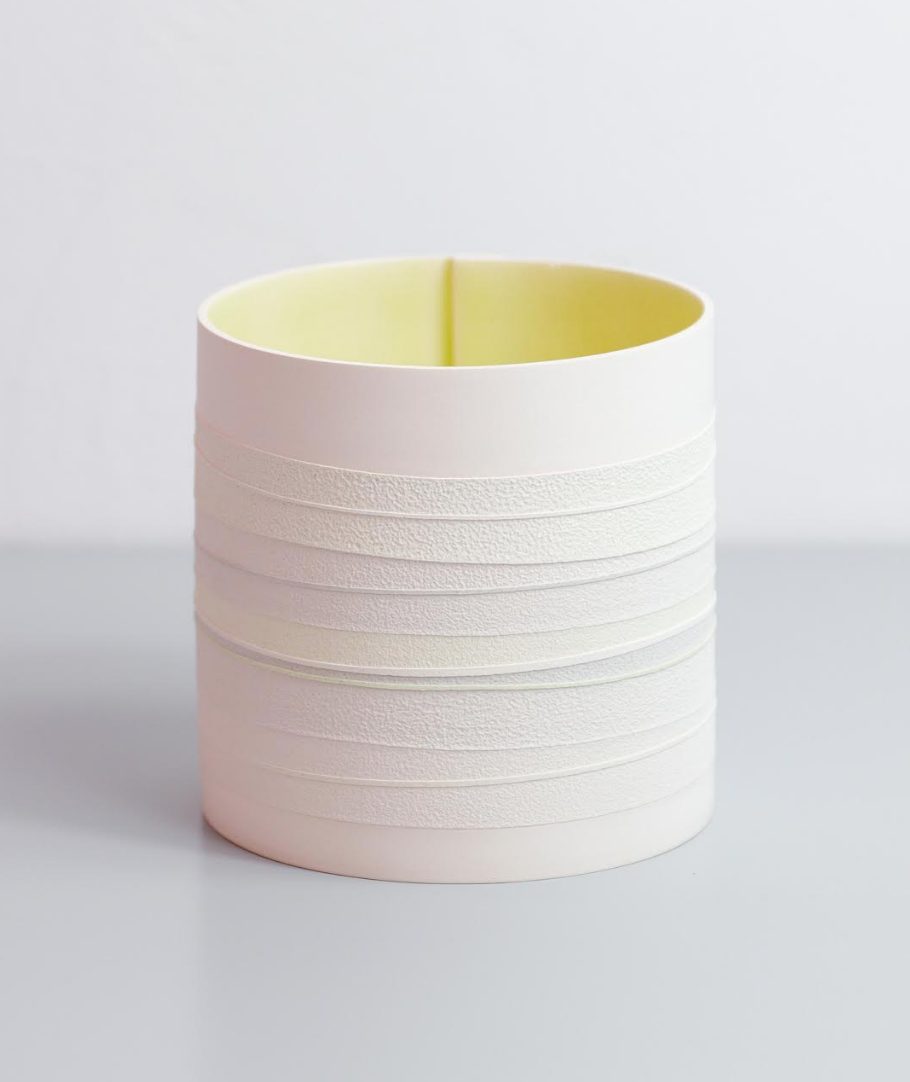CPA Members Profiles – F
For a complete list of Association members, please see our Member Listing web page.
I grew up in rural Devon, studied painting at Chelsea School of Art, London and trained as a potter in Japan. These three things are what have most influenced my work as a potter.
Annabel Faraday was born in Germany in 1949, spent several years of her childhood in Egypt before coming to England in 1956. She discovered the joy of clay at Farnham Art School on Saturday morning classes in the early 1960s.
The passage of time and change observed in urban and rural landscapes has always been central to the themes I explore in my work. The process of archaeology and its concern with time and layers has also greatly influenced the way in which I express my ideas. Architectural fragments, marks on the landscape, multi-layered and over painted surfaces, have all influenced the way I work in clay.
Sotis has been a visiting lecturer in Tel Hai, Israel and held demonstrations within the Bristish Museum for The Pompeii Exhibition of 2013. His work was chosen to represent at the Bronze Exhibition of The Royal Academy in London.
I have been making pots for most of my life. It’s a strange thing, to be excited by something as simple as a brown clay jug and I can’t explain it, but it seems that it happens to some people; it just gets under your skin.
In his pieces emphasis is on on exploiting form and surface texture on both a small and large scale and is very conscious of the tactile element that is involved to both him and to the viewer.
My earthenware vessels are an intuitive response to linear, textural and light details within the landscape. My work centres on the potters wheel. I create a functional range of pottery, as well as one-off expressive pots in porcelain.
Jill Fanshawe Kato - Selected member
The natural world and travel are my ongoing inspirations.
In clay, form is my first challenge and imagery is moving towards abstraction inspired by plants, birds and other natural motifs. My work evolves as I experiment with additions to clay, colours and different firing methods.
As well as exhibiting my ceramics widely in the UK and internationally, I have had 43 exhibitions in Japan, which has kept alive my contact with the country that first inspired me to become a potter.
Currently I am establishing a studio near Moretonhampstead in Devon and continuing to make my ceramics in London too.Annabel Faraday - Selected member
After leaving school in 1967, she attended Winchester Art School, where she was introduced to conceptual art and concrete poetry, and then Croydon College of Art. A radical change of direction then led her to gaining a Ph.D in sociology. In her early 40s she returned to her first love of clay, as one of the initial students on the City Lit Ceramics Diploma course in 1989.
Her main body of work involves a process developed over many years, of printing onto both sides of raw clay slabs that have been coloured with stained slips. The vessels, illustrated with her own (sometimes digitally altered) photographs and often with maps indicating the source of the photos, are hand built from the printed slabs, lightly glazed, and fired in an electric kiln to 1240 C. More recently she has also used decals on the fired surface, allowing for finer detail of imagery.
Annabel has exhibited widely in the UK and internationally. Her work is included in the collections of the Potteries Museum, Stoke-on-Trent and the Geffrye Museum, Hackney, London. She lives and works in Fairlight, East Sussex.Dennis Farrell - Selected member
My current work responds to light, line, colour and texture observed in rural and coastal landscapes. Weathered and eroded structures with their sea-washed and weather-worn surfaces are of particular interest, other themes express an impression of place through form, sgraffito techniques and painted surfaces.
Forms are produced by hand-built techniques using red earthenware blended with black or buff stoneware crank clays. Coloured engobes are applied to the clay surface sometimes drawing through the wet ongobe, sometimes being worked together on the leather hard clay surface and over-painted like paint on canvas. Forms are brushed with transparent glazes and fired to 1120°C.
Dennis Farrell lives and works in Church Stretton, Shropshire. He exhibits nationally and internationally and has work in both private and public collections including: Arthur Anderson Collection of Contemporary Art; Glasgow City Art Gallery; Hanley Museum and Art Gallery, Stoke on Trent; Huddersfield Art Gallery; Leeds City Art Gallery, Lotherton Hall; York City Art Gallery.
Sotis Filippides - Selected member
As well as commissions for renowned property developers and interior designers, Sotis' work adorns the homes, walls and gardens of private clients from Egypt to Singapore.
Sotis exhibits regularly in galleries throughout the UK, Europe and abroad.Doug Fitch - Selected member
At eleven that I first encountered medieval pottery. My headmaster, a keen archaeologist took us on trips to formerly inhabited sites, commonly ploughed fields, where we would scour the furrows searching for fragments of pottery. Back in school, he showed us photographs of the type of pottery that these shards had once formed. This aesthetic has formed the basis of my work ever since.
Working in red earthenware, decorated with a self-imposed restricted palette of coloured slips, covered with rich honey glazes the pots are fired in the wood kiln or the electric kiln.Alan Foxley - Selected member
His aims are to produce work that has a quiet contemplative quality. Hand-built stoneware forms both coiled and slabbed construction in Crank clay fired to 1280 C in top loader gas kiln.
Surface treatment : Cutting, scratching and impressing into soft clay, continuing with porcelain slip,oxides and dry matt glazes depending on the piece.
Larger pieces made in 2,3 and 4 sections.
Rachel Foxwell - Selected member
Colour is an intrinsic part of my practice; I use colour and
the expressive energy I get from colour to capture the essence of a place. I simplify what I see into graduations
of hue to translate and narrate the experience.
Abstract compositions evolve through tactile and contemplative painterly processes on a clay canvas. Meditative layers of ceramic slips in blocks of colour are
meticulously applied to thin clay slabs, the slabs are later
assembled to create simple cylindrical forms, marrying form and surface so they become one indivisible unit.
The pieces play a contrast between the rough organic feel of textured ceramic slip and the luscious polished surface of clay.Adam Frew - Selected member
I approach mark making as an intuitive process, sometimes relating to the form, or action of making, sometimes it’s part of a personal narrative.
All my pots are Gas fired in a reducing atmosphere.

